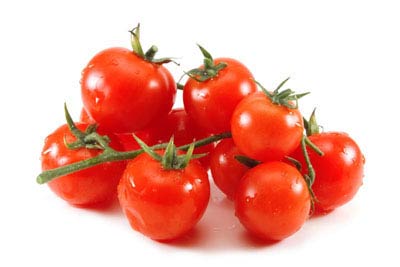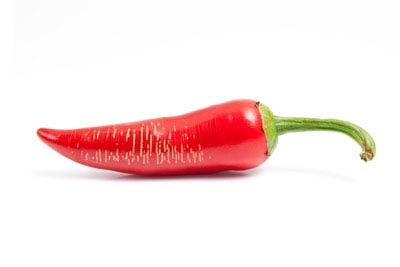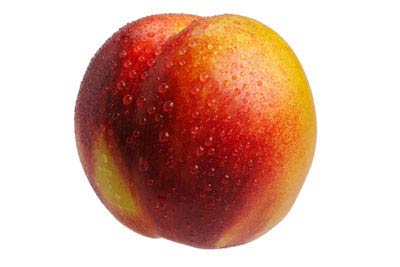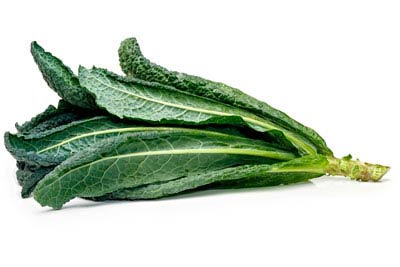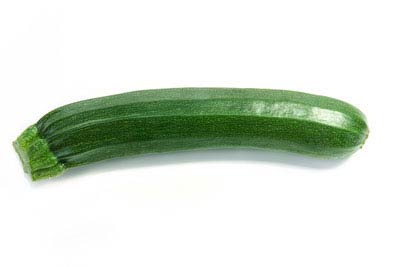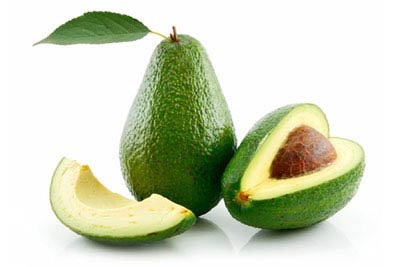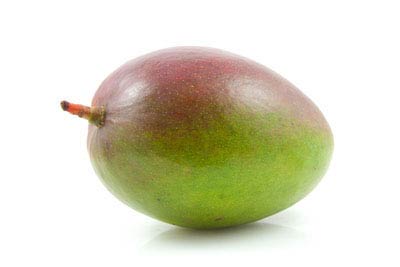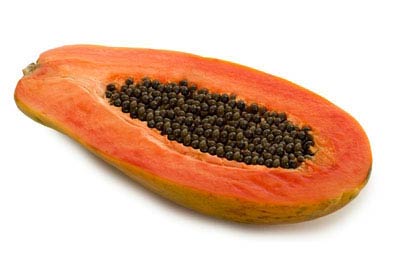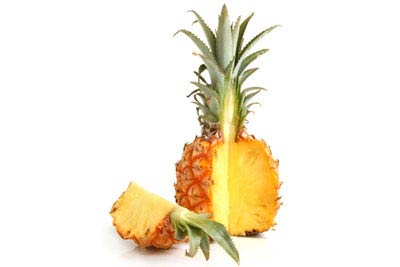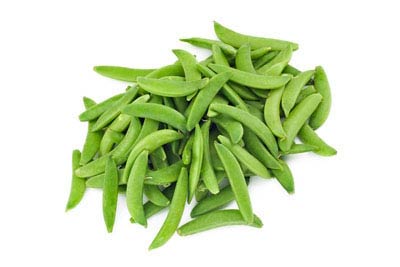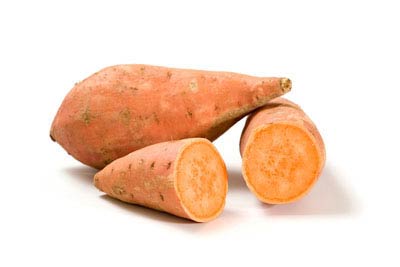
Free-styling it to the swim-up bar doesn’t really build muscle or rev-up your metabolism. This workout will.
Floating around on an inflatable pool chaise is fabulous. But it doesn't count toward your workout quota. How to change that, even if you’re more familiar with sipping smoothies in the shallow end than doing laps?
Olympic swimmer Kim Vandenberg shares her handy workout that you can do in any lap-lane pool and capitalize on swimming’s benefits. (We’re talking an efficient, joint-friendly workout with lots of upper-body cardio plus full-body strength, mobility, and flexibility training!)
For this one kilometer workout, you’ll use a kickboard part of the time, then run through all the strokes you (may have) learned in elementary school. It’s okay to grow into some of the tougher strokes and distances that Vandenberg recommends over the course of the summer, as you become stronger and more confident. The results for your efforts? Long, lean muscles, and a revved metabolism.

Tips on form: “Keep your chin down and your neck long, and don’t forget to breathe. Your hips and shoulders should rotate together in the same direction,” says Olympic medalist, Kim Vandenberg.
The workout
A lap is 25 yards, the length of most pools you’ll encounter. Depending on your ability, the rest between these sets can range from 10–30 seconds. You’ll need a kickboard, and a pair of goggles are a good idea.
Poolside warm up Before you dive in, Vandenberg suggests warming up on land with basic moves like arm swings, head rolls, planks, hip and knee rotations, and hamstring looseners.
Warm up in the pool (200 yards) 8 laps, alternating one lap freestyle, one lap backstroke. Breathe equally on both sides of the body to create balance. Relax your neck by slightly opening the mouth and releasing any tensions in the jaw.
Kicking with board (200 yards) 4 laps kicking freestyle with the kickboard followed by 4 laps kicking breaststroke or butterfly kick. Every fourth lap, increase your kick speed. Tip: Keep your knees as straight as possible while kicking.
Kicking without board (200 yards) 4 laps in sidestroke with your head out of the water, and one arm stretched out in front; rotate arms each lap. (Tip: Keep eyes on your hip for balance, and look ahead out over your arm every so often to stay moving in a straight line.) 4 laps on your back, kicking, with your arms in streamline position (along your sides). Every second lap, increase your speed and effort.
The Individual Medley (300 yards) Don’t be scared off. The I.M. is combination of all the strokes starting with butterfly, backstroke, breaststroke, and freestyle. Aim to swim 4 laps of the I.M. and repeat the sequence 3 times for a total of 12 laps. This is an endurance section, and it’s perfectly fine to build up to it as you regain familiarity with the strokes. It’s also cool to just repeat the strokes that you can do confidently.
Underwater work (150 yards) 6 laps kicking in a streamline underwater. Push off from the side of the pool, and hold your breath as far as possible. Rest 30 seconds between laps.
Warm down (150 yards) 6 laps easy swimming of your choice.
When you’re done, don’t forget to hydrate and replenish your electrolytes!
~ Thanks, Lisa Elaine Held





